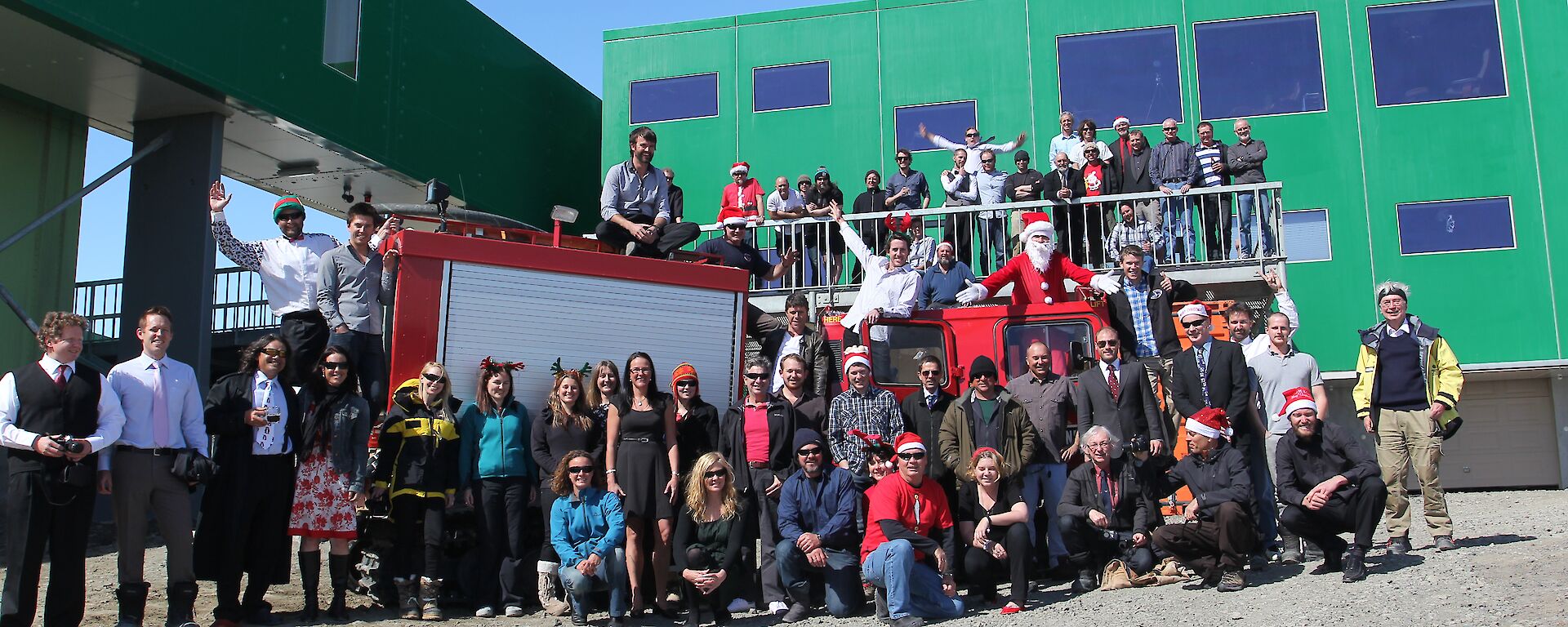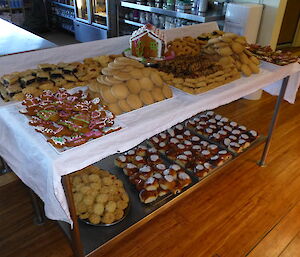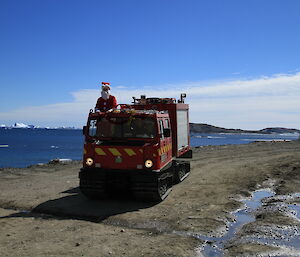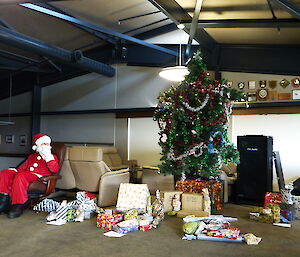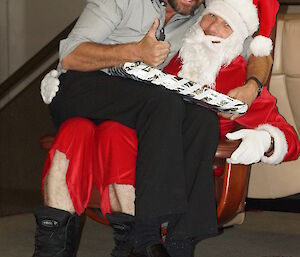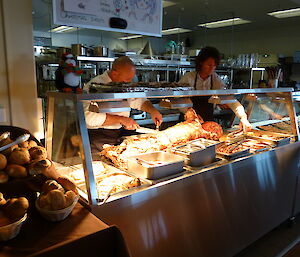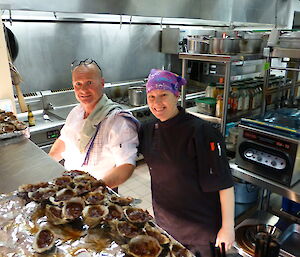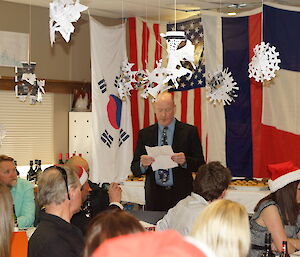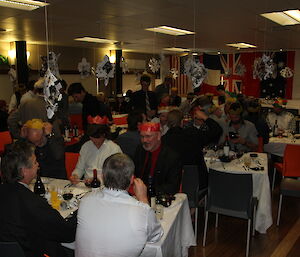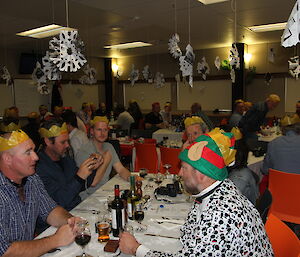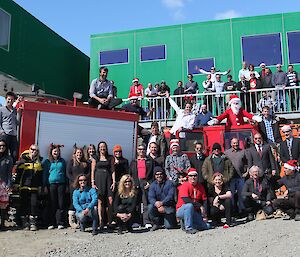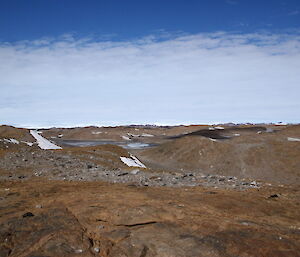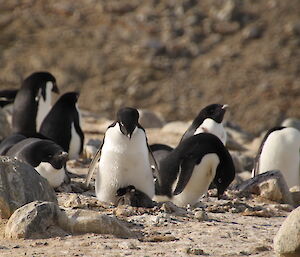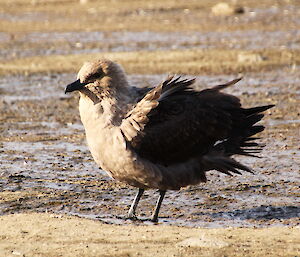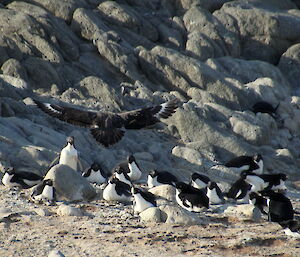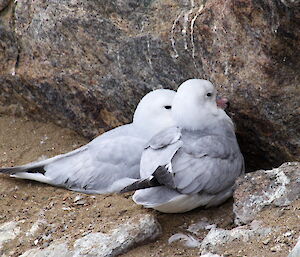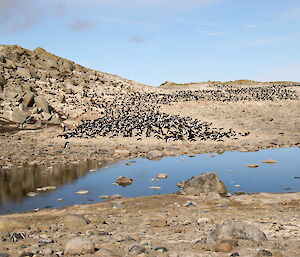When people are so far away from family and friends, Christmas can be a depressing time of year but everyone on station, the cooks in particular, were sure to make the pain of being away from loved ones just that little bit easier.
Any hopes of a “White Christmas” were dashed when most people awoke to blue skies and a temperature the wrong side of 0oC. Brunch was served between 10:00 and 12:00 where the effort that the cooks and “slushies” had been putting in only now started to come to light as we were treated to a feast of hot and cold meals with a sweets trolley that would leave Santa drooling.
Due to the Antarctic Treaty banning non-native animals in Antarctica, Santa had to leave his reindeer north of 60o south and instead arrived by red Hägglunds at 2:30pm and was only more than happy to pose with the station population for our summer crew photograph. From there it was upstairs in the living quarters (LQ) where he distributed presents and listened to the Christmas wishes of the expeditioners.
The lack of children didn’t seem to dampen the excitement however as everyone was eager to open their presents to see what Santa had brought them. The rest of the afternoon was spent comparing, swapping or trying out presents.
At 5pm, we all proceeded downstairs for Christmas dinner and realised the smorgasbord put on for brunch was only an appetiser for the choice and amount of food that lay before us at dinner. Food spilled out of the bain-marie onto another two tables while dessert took up the length of the breakfast bench. Tables were set with white linen and, in the spirit of a Christmas of International peace, the flags of the Antarctic Treaty Nations hung around the room.
After grace was said (from the ‘Book of Dickens') and a toast made to family and friends, we proceeded to enjoy the efforts of the chef’s labours until all were nearly fit to burst.
The rest of the evening was spent like most Christmas’, grumbling that we shouldn’t have eaten so much and simply enjoying the company of friends.
On behalf of all those at Davis, I would like to wish all our families and friends a belated Merry Christmas and assure you that our thoughts were never far from you during the day. Also, I would like to offer up a big thank you to the chefs and slushies who did a remarkable job, not only on Christmas Day but the week leading up to it, and to all those that assisted in some way to make sure that those who were in the kitchen were able to get out as early as possible so they too could enjoy the day.

